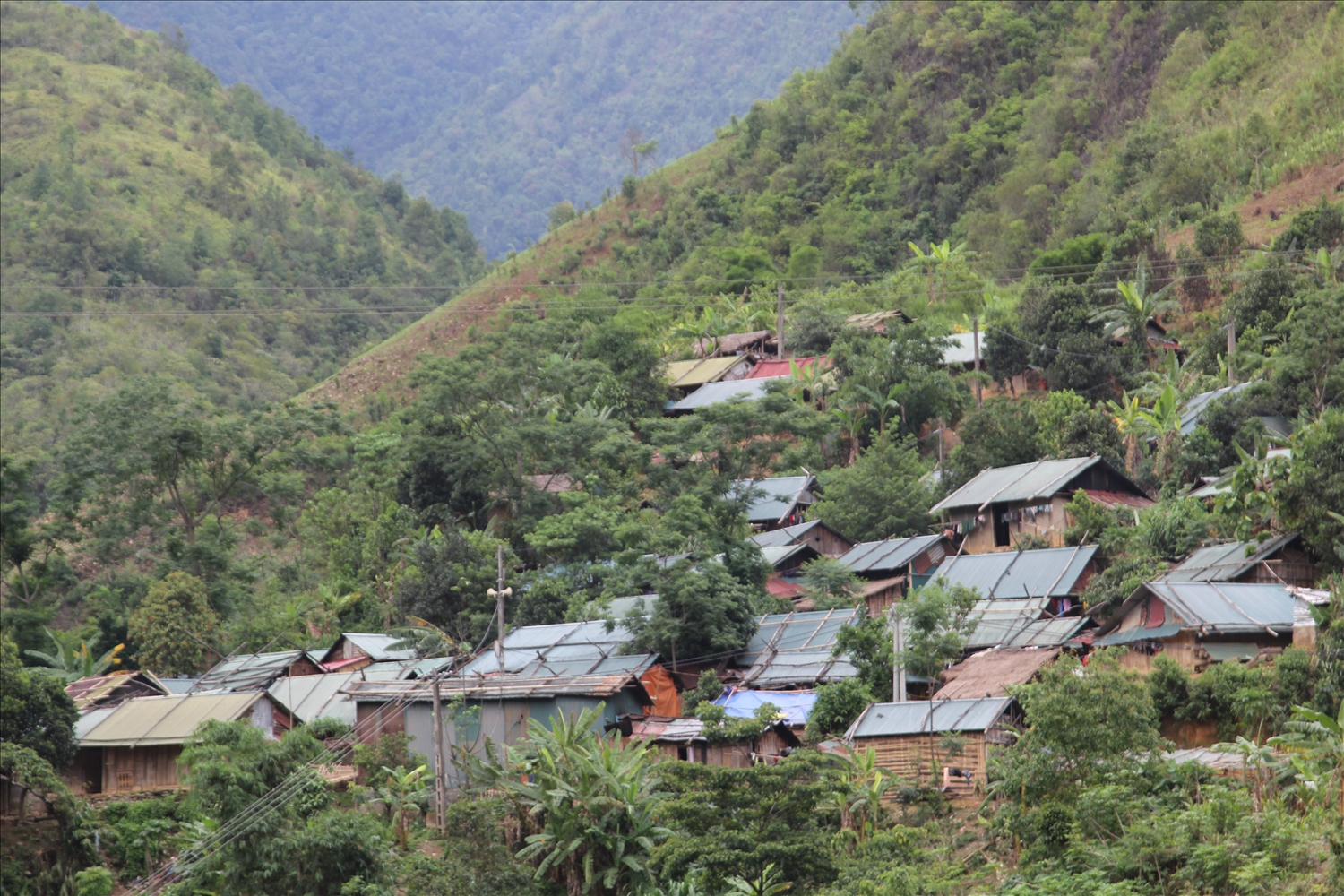
High poverty rate
The La Hu people live in 5 communes (Pa Ve Su, Pa U, Ka Lang, Bum To and Nam Khao) of Muong Te district, Lai Chau province. According to the results of the socio -economic survey of 53 ethnic minorities in 2019, currently, the La Hu people in Lai Chau have 2,952 households with 12,113 people.
Decades ago, the La Hu people always lived a wandering, nomadic life. Although they did farm and cultivate, they were too dependent on nature and had no stability. Usually, after each farming season, when the leaves covering the roof of their huts had not yet turned yellow, they would migrate to another area to begin a new hunting and gathering season.
With the attention of the Party and the State, the La Hu people have gradually emerged from the deep forest, lived in concentrated areas and formed villages. For many years, thanks to the investment policies of the Party and the State, the attention of local authorities, support for seedlings, and technical support for farming and livestock, from a life of poverty, the lives of the La Hu people have improved compared to before. However, learning from reality, poverty and hunger still cling to the people forever.
Going upstream of the Da River, following the river… is Phin Kho village, Bum To commune, Muong Te district ( Lai Chau province). The geographical location of Phin Kho village is that if you look up, you can only see mountains, if you look down, you can only see deep abysses, dense forests and the weather is extremely harsh.
Following the village cadres, we visited Mrs. Phung Ky Me’s house. It is called a house, but in reality it is just a few wooden panels put together like a shack, with nothing valuable inside except for a few old household items and a dim light bulb. Over 50 years old, Mrs. Phung Ky Me looks extremely miserable. Her husband died early, her son passed away, she had to “carry” 2 young grandchildren. For many years, her life has depended on the support of the State. “My family is poor, there is nothing in the house now, so I mainly rely on the State’s support to get by,” Mrs. Me confided.
Phin Kho village has 165 households located near the center of Bum To commune, but there are up to 140 poor households. Difficulties like Mrs. Phung Ky Me's family are not rare cases in the village. In addition to the reason for people's poverty due to not knowing how to apply techniques in intensive farming and production, social evils have existed for many years. The commune has 90 drug addicts, of which Phin Kho village alone has up to 30.
Ms. Phung Gio Xo, Head of Phin Kho village, shared: “Most of the villagers are still poor because of drug addiction, some whole families are addicted. So, all their land and houses are sold to exchange for opium.”
Bum To is a commune with a large population of La Hu people, with more than 860 households and nearly 3,600 people. In previous years, the commune received many programs and projects from the State, but they did not bring about the desired results, the poverty rate is still over 80%.
Mr. Vang Hu Cho, Chairman of the People's Committee of Bum To commune, said: "Since the La Hu ethnic group is not an ethnic group enjoying special conservation policies under Decision No. 449, some policies for the La Hu people have been cut, making it more difficult to implement hunger eradication and poverty reduction for the people, especially regarding policies to support students and preserve the culture of the people."
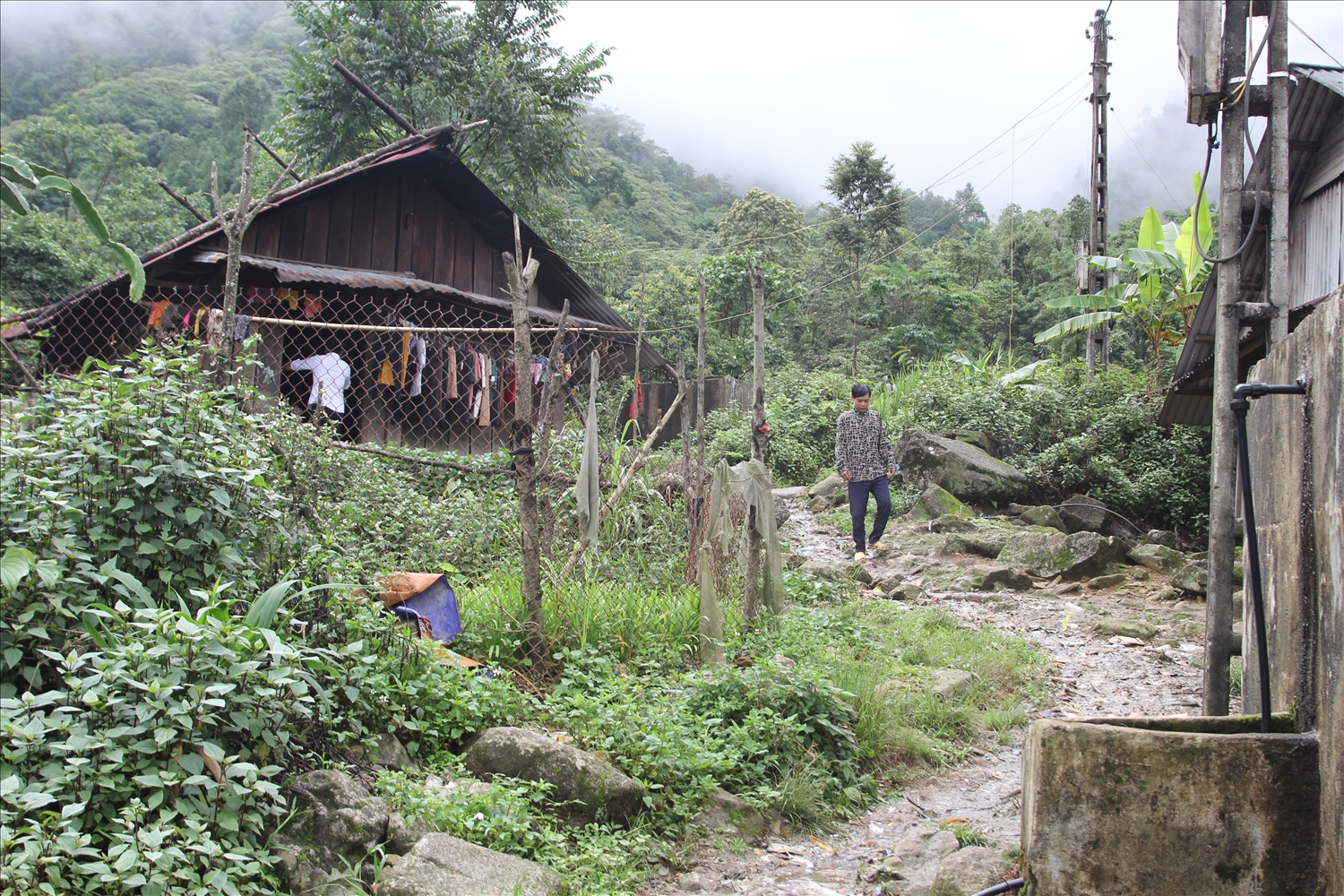
The vicious cycle of "borrowing and repaying" during the lean season
During the lean season around June every year, many La Hu households in Pa Ve Su commune (Muong Te district) fall into the situation of "no more rice, no more grain". Like the family of Ms. Giang A De, Xa Phin village, although they have escaped poverty since 2019, the food shortage still occurs. "My family has more than 2 sao of rice, my husband and I do not grow much food. Every year during the lean season, we have to borrow rice to survive," Ms. De said.
Sitting and chatting inside a simple house of about 30 square meters, Mr. Lu Go Hu in Seo Then village said that his family currently has 5 members, including 2 parents and 3 children, and is a poor household. Most of the family depends on a few acres of rice, but it is not enough to eat. Every year during the lean season, Mr. Hu's family has to rely on the State's rice support to avoid going hungry.
“Because of limited qualifications, we don't have stable jobs. My husband and I just wait for other people to hire us to do whatever we need to earn more income for the family,” Mr. Hu confided.
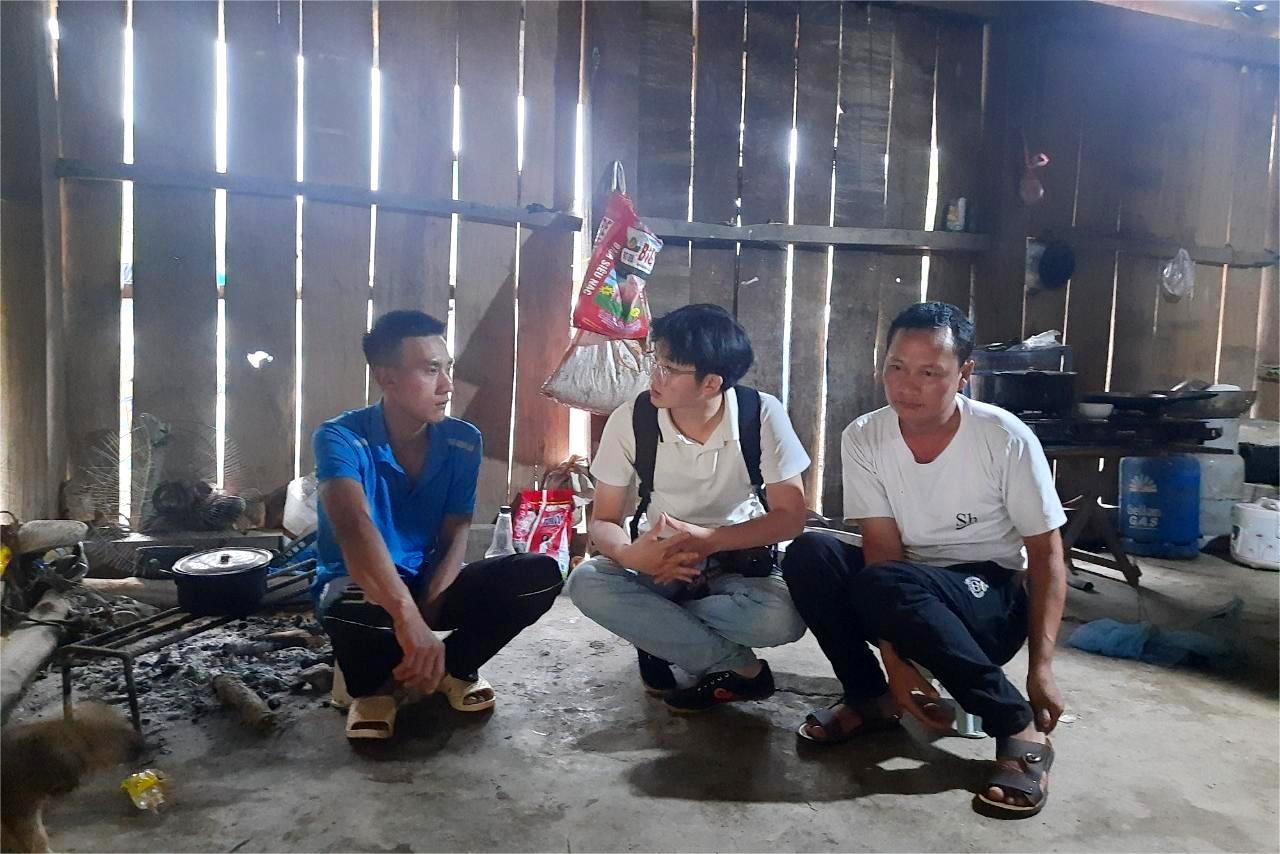
Mr. Ly Ga Chu, Head of Seo Then village, said: “In the past, the Party and the State have supported the people a lot, and even distributed rice to the people during the lean season. The economic life of the people mainly depends on rice cultivation and livestock raising. However, due to the limited level of education and awareness of the people, crop productivity is not high, livestock raising is not developed, so life is very difficult.”
Currently, Seo Then village has 109 households, of which 81 are poor. Many households are not only hungry during the lean season but also lack food even before the new rice crop begins, and even run out of rice right after the harvest because they have to sell it to pay off debts.
“When they run out of rice, they have to find other ways to survive, such as working for hire or borrowing money to buy rice. These methods help them overcome daily hunger, but they are only temporary and precarious,” said Mr. Chu.
Thus, borrowing and then repaying becomes a vicious cycle for the La Hu people, not only in the border commune of Pa Ve Su, but also in many other communes with a large population of La Hu people that we had the opportunity to meet during our reporting trip to Muong Te district.
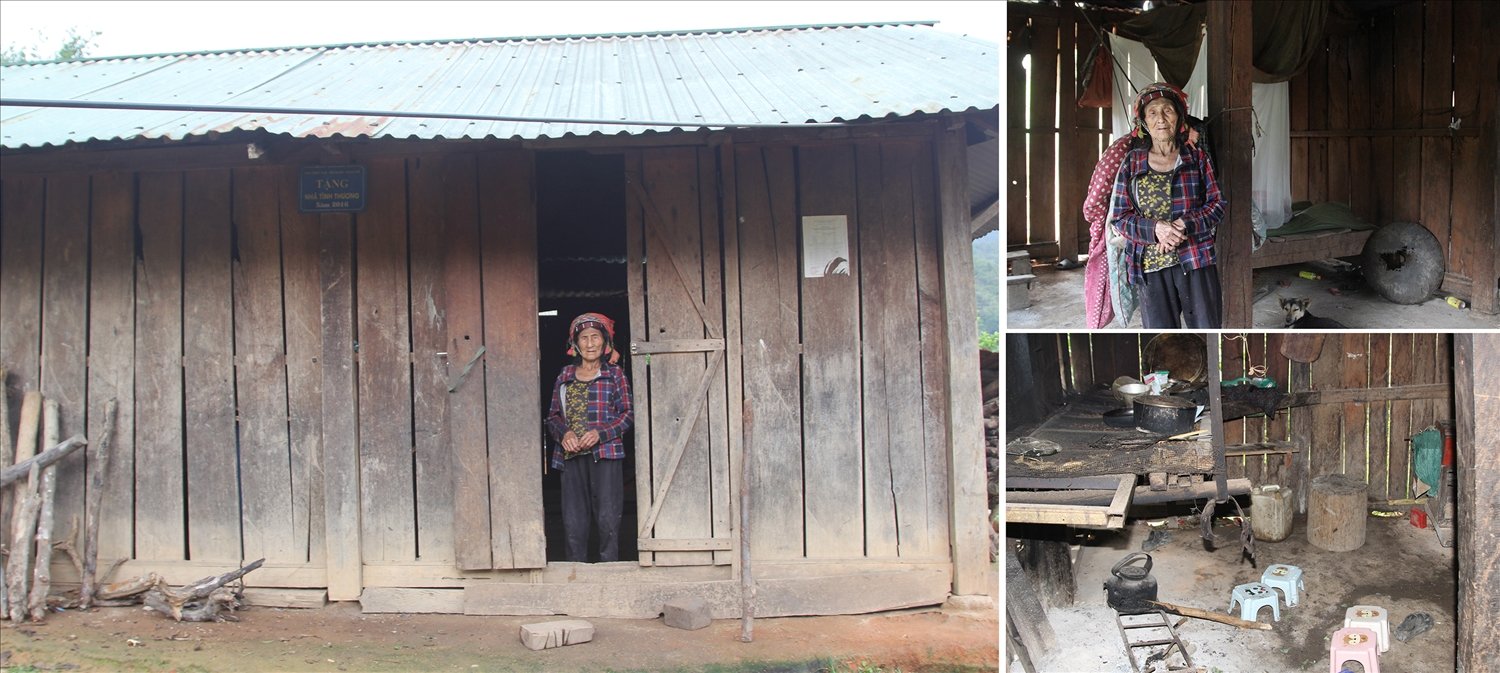
Ms. Ly My Ly, Secretary of Pa Ve Su commune, said: “The whole commune has 818 households and 3,084 people, of which nearly 70% are La Hu ethnic people. Despite a lot of investment, the life of La Hu people is still very difficult. Looking at it realistically, the reason is that the La Hu people have a much lower starting point than other ethnic groups; in addition, they still have backward customs, and live completely dependent on nature, with little arable land... Therefore, to help the La Hu people at this time, in addition to the ethnic policy programs and investment support from the State for ethnic minorities in general, the La Hu people still need long-term specific policies to gradually help them rise up and change their lives completely...
Effectiveness of investment policies for ethnic groups with special difficulties


![[Photo] Ea Yieng commune settlement project abandoned](https://vphoto.vietnam.vn/thumb/1200x675/vietnam/resource/IMAGE/2025/5/25/57a8177361c24ee9885b5de1b9990b0e)
![[PHOTO] Hanoi fences off demolition of "Shark Jaws" building](https://vphoto.vietnam.vn/thumb/1200x675/vietnam/resource/IMAGE/2025/5/25/1b42fe53b9574eb88f9eafd9642b5b45)

![[Photo] French President Emmanuel Macron and his wife begin state visit to Vietnam](https://vphoto.vietnam.vn/thumb/1200x675/vietnam/resource/IMAGE/2025/5/25/03b59c7613144a35ba0f241ded642a59)
![[Photo] Welcoming ceremony for Prime Minister Pham Minh Chinh and his wife on an official visit to Malaysia](https://vphoto.vietnam.vn/thumb/1200x675/vietnam/resource/IMAGE/2025/5/25/dc30203c3ae24da3990266ec3b29bb2d)
![[Photo] Funeral of former President Tran Duc Luong in Quang Ngai](https://vphoto.vietnam.vn/thumb/1200x675/vietnam/resource/IMAGE/2025/5/25/ccf19a3d8ea7450bb9afe81731b80995)


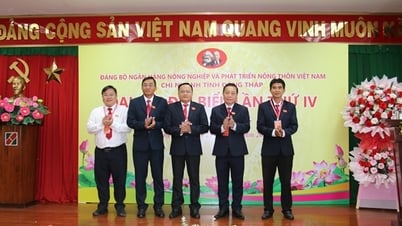

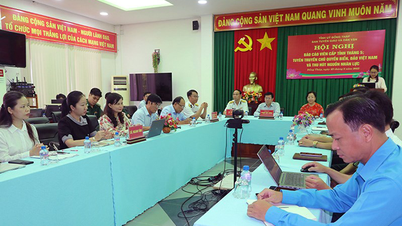
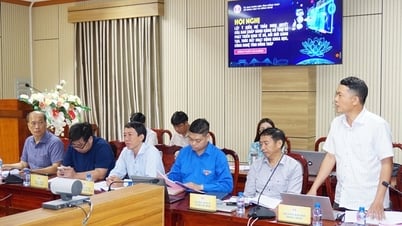





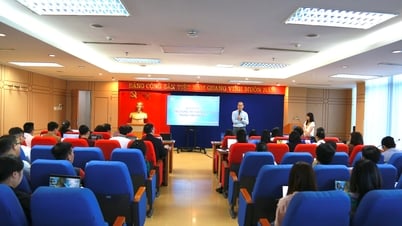

































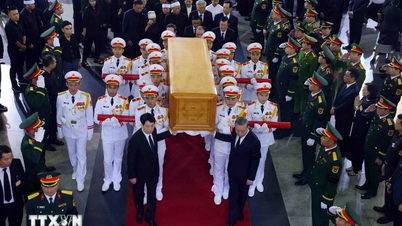
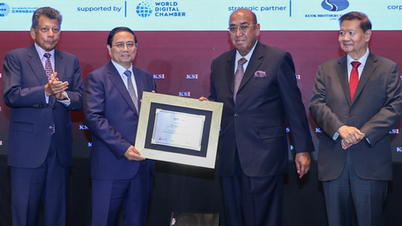
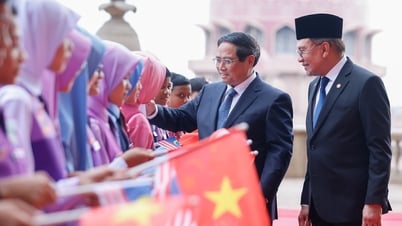
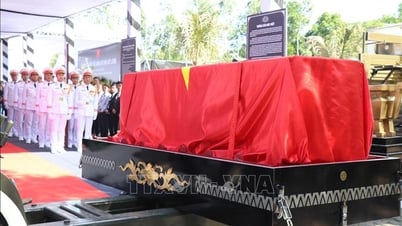









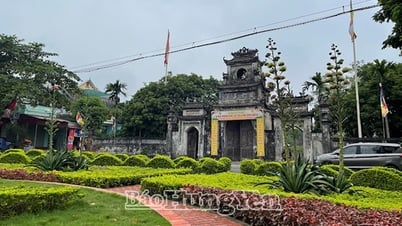



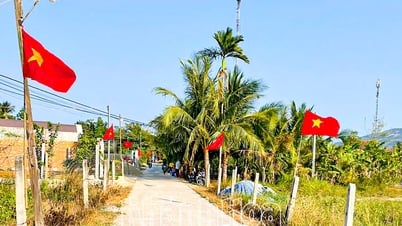


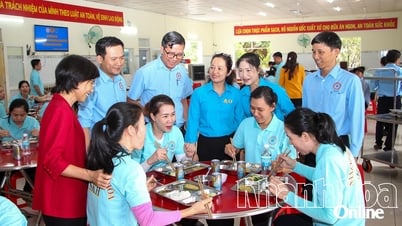
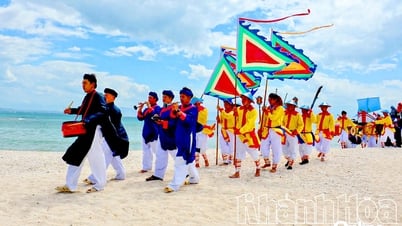










Comment (0)